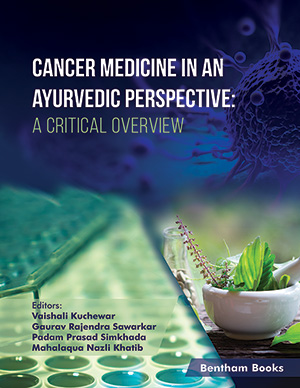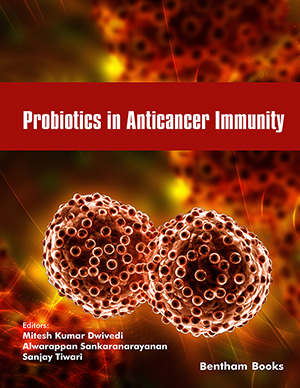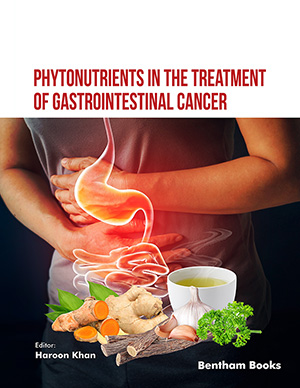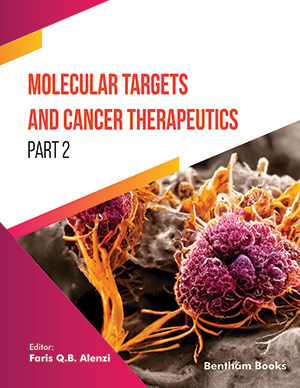Abstract
Background: Forskolin and Andrographolide are extensively used in many parts of Asia as traditional herbal medicines. Potato tumor bioassay has several advantages for pre-screening of antitumor molecules as compared to animal cell based bioassays. The present study was aimed to evaluate the antitumor potential, biochemical changes induced by the test compounds, and screening of their ability to interact with DNA.
Methods: The preliminary screening for the selectivity of solvent and the antimicrobial activity of the test drugs against A.tumefaciens was carried out on the potato tumor bioassay. The antitumor activity and biochemical changes (total sugars and soluble protein) induced by test drugs were evaluated in comparison with 5-Fluorouracil that was used as a positive control, using potato tumor bioassay.
Results: Both, Forskolin and Andrographolide inhibited tumor induction in potato tumor bioassay. Complete tumor inhibiton (100 %) was exhibited by Forskolin at a concentration of 40 μg/mL, Andrographolide at 70 μg/mL and 5-Fluorouracil at 60 μg/mL, respectively. The IC50 values were observed to be 5.7 μg/mL, 20.91 μg/mL and 24.55 μg/mL for Forskolin, Andrographolide and 5- Fluorouracil, respectively. The result suggests that Forskolin was a potent antitumor molecule as compared with 5-Fluorouracil. The interaction of Forskolin, Andrographolide and 5-Fluorouracil with B-DNA by molecular docking studies suggested that their binding was in close proximity with the GC rich region via non-covalent interactions, with Forskolin exhibiting the highest binding affinity of - 7.4 K cal mol-1 . The UV spectroscopic analysis using calf thymus DNA further revealed a hyperchromic effect with a red shift for Forskolin, 5-Fluorouracil and hypochromic effect for Andrographolide at 5 to 40 μg/mL concentrations tested.
Conclusion: Using potato tumor bioassay, the antitumor potentials of Forskolin and Andrographolide have been assessed in comparison with an established antitumor drug, 5-Fluorouracil. Further, possible interaction of the compounds with DNA substantiates their role as antitumor molecules.
Keywords: Forskolin, andrographolide, A. tumefaciens, potato tumor bioassay, drug -DNA interactions.


























